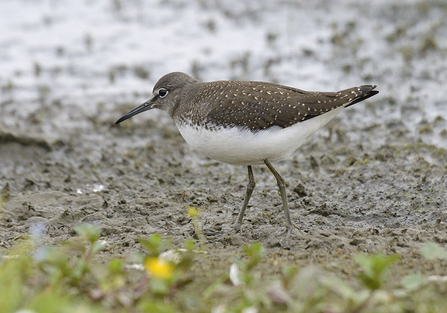The north west peatlands are a magical place. To quote Countryfile's Tom Heap, Chat Moss peatlands are "our rainforest".
Standing on our mosses, at any time of year, is a stirring experience. Huge carpets of sphagnum moss, seas of flowing cotton grass and patches of brightly coloured sundew lie beneath big blue skies and fluffy clouds, taking your breath away.
Swifts swoop over the water, rare willow tits inhabit local woods, lapwings and ringed plovers dip their beaks into the peaty mud and buzzards fly up above. Hares bolt across the open land and, in summer, every inch is alive with butterflies, bees and dragonflies.
Yet, we have a problem. Current plans for HS2 slice through our work on the north west peatlands, between Liverpool and Manchester, creating a barrier to our recovery network.


